Science Museum: A place to understand the past and present of Venezuela and humanity./Museo de Ciencias: Un espacio para entender el pasado y el presente de Venezuela y de la humanidad
Science Museum: A place to understand the past and present of Venezuela and humanity.
On a sunny Sunday, I decided to visit the Science Museum, a place that serves to expand knowledge and teaches science and technology with its various thematic rooms, where visitors can explore scientific fields such as medicine, biology, engineering, physics, mathematics, geography, and anthropology in the fields of paleontology, archaeology, and ethnology.
Museo de Ciencias: Un espacio para entender el pasado y el presente de Venezuela y de la humanidad
En un domingo soleado tomé la decisión de ir al Museo de Ciencias un sitio que sirve para ampliar conocimientos, para la enseñanza de la ciencia y la tecnología con sus diversas salas temáticas, donde el visitante tiene contacto con áreas científicas como medicina, biología, ingeniería, física, matemática, geografía, antropología en las ramas de: paleontología, arqueología y etnología.
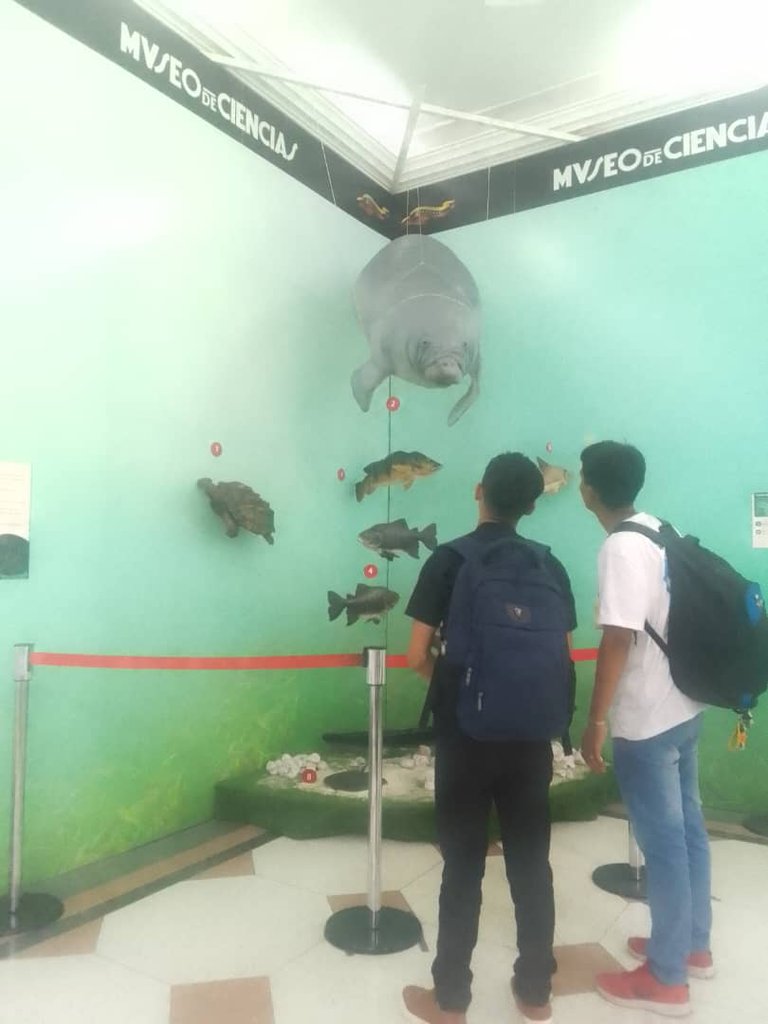
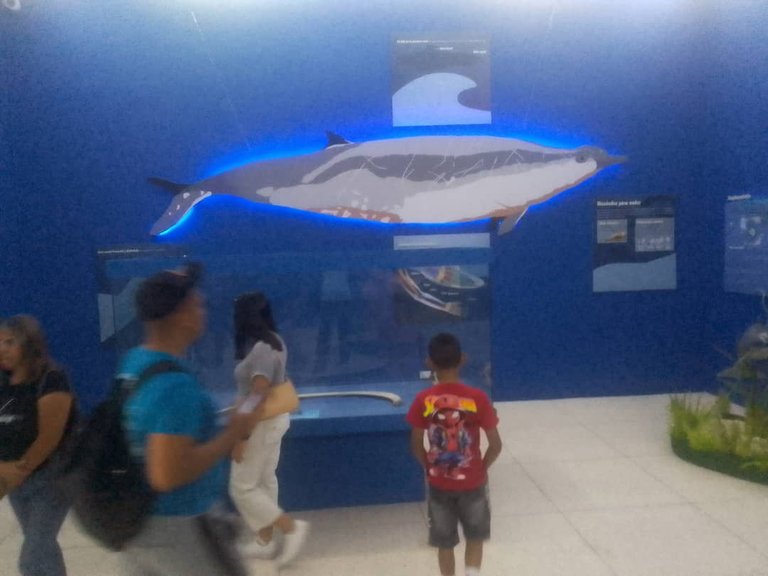
To get to the museum, I took the Caracas Metro from the Capitolio station to the Bellas Artes station. From there, I walked to the Plaza de los Museos, where I was able to observe the majesty of two very beautiful buildings that house two important museums for Venezuela and Latin America: the Museum of Fine Arts and the Museum of Science.
Para llegar al museo tomé el Metro de Caracas, desde la estación Capitolio hasta la estación Bellas Artes, de allí llegué caminando a la Plaza de los Museos, y pude observar la majestuosidad de dos edificaciones, muy bellas, que dan cabida a dos museos de importancia para Venezuela y para Latinoamérica como lo son El Museo de Bellas Artes y el Museo de Ciencias.
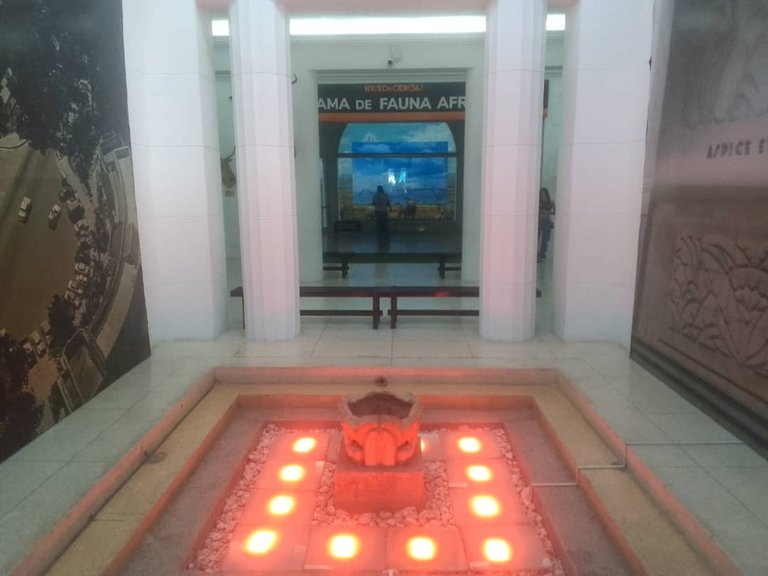
The visit to the Science Museum brought back fond memories. During my time as a student, I completed my Physical Anthropology internship. We evaluated cranial and postcranial bones (vertebrae, femur, humerus, etc.) to classify Venezuelan pre-Columbian populations. We determined characteristics such as age, sex, weight, and so on from these bone remains.
La visita al Museo de Ciencias trajo a mi memoria gratos recuerdos, ya que en mi época de estudiante realicé prácticas de Antropología Física, evaluamos huesos craneales y postcraneal (vertebras, fémur, húmero, etc.) para clasificar a poblaciones precolombinas venezolanas, a estos restos óseos le determinábamos algunas características como la edad, el sexo, peso, etcétera.
Upon entering, I found myself confronted by an imposing classical architectural structure, greeted by an impressive giraffe nearly six meters tall.
Al entrar me encontré con una imponente estructura de arquitectura clásica, nos daba la bienvenida una impresionante jirafa de casi seis metros de altura
THE MUSEUM AREAS
- Electromagnetism
A journey through the history of telecommunications, starting with the arrival of the first telephone in Venezuela. It also mentions the arrival of cell phones and the internet in our country.
LAS ÁREAS DEL MUSEO
- Electromagnetismo
Un recorrido por la historia de las telecomunicaciones, teniendo como punto de partida la llegada del primer teléfono a Venezuela, también se menciona la llegada del celular y el internet a nuestro país.
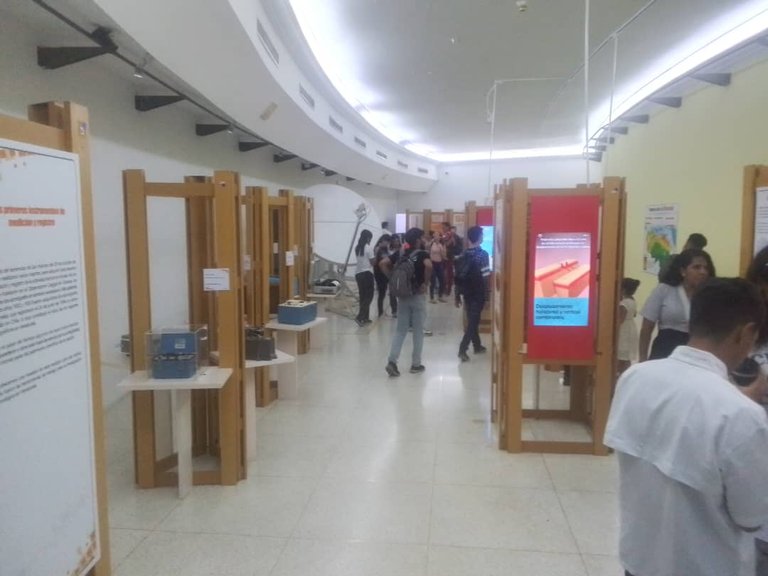
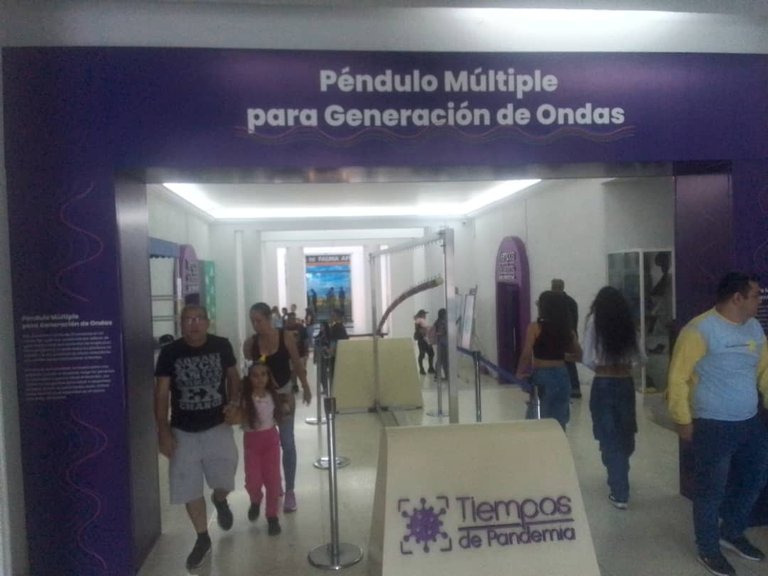
- The Earth Speaks
The Venezuelan Foundation for Seismological Research (Funvisis) presents information on earthquakes and the various instruments used to measure their intensity.
- Habla la tierra
La Fundación Venezolana de Investigaciones Sismológicas (Funvisis) presenta información sobre los sismos y sus diferentes instrumentos para medir la intensidad de los mismos.
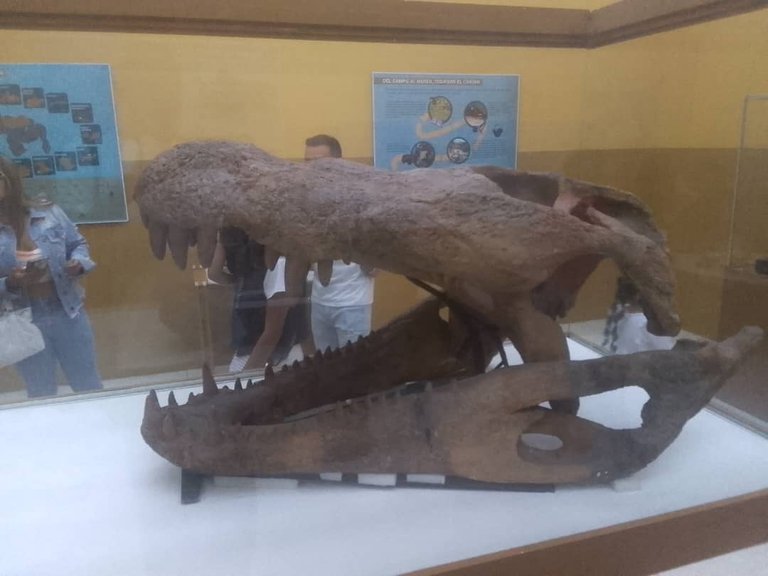
Anthropology in the Museum
Some areas directly linked to anthropology are visible, including fossil remains and prehistoric animals found in Venezuela, such as the Tachiraptor, a paleontology artifact.
- La antropología presente en el museo
Se aprecia algunas áreas directamente vinculadas con la Antropología, así vemos resto de fósiles, animales prehistóricos encontrados en Venezuela, como el Tachiraptor correspondiente a la paleontología.
I observed objects and artifacts made by indigenous peoples with materials taken from nature, such as stones and clay. Anthropomorphic figures representing the human body, as well as various pieces such as necklaces and funerary vessels.
Observé objetos y artefactos elaborados por los pueblos originarios con materiales tomados de la propia naturaleza como piedras, arcillas. Figuras antropomorfas que representan el cuerpo humano, diversas piezas como collares y vasijas funerarias.
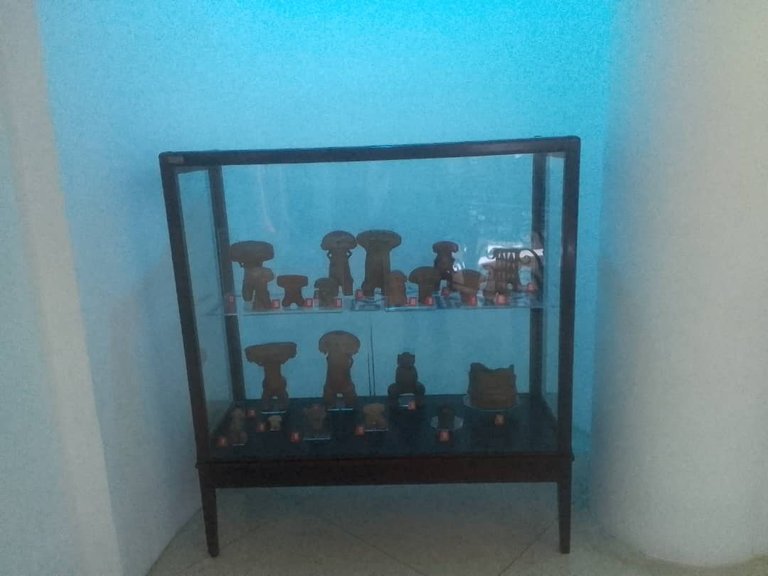
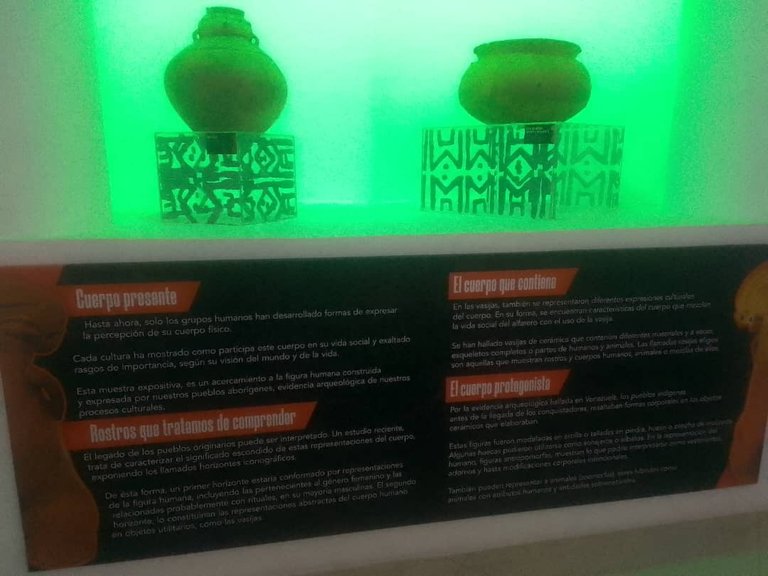
Fossils are also recorded, such as the skull of the Purussaurus, a species of lizard resembling a giant alligator, in addition to other specimens found in 1972 in Urumaco, Falcón state, Venezuela.
También se registra fósiles como el cráneo del Purussaurus una especie de lagarto semejante a un caimán gigante, además de otros ejemplares encontrados en 1972 en Urumaco, estado Falcón, Venezuela
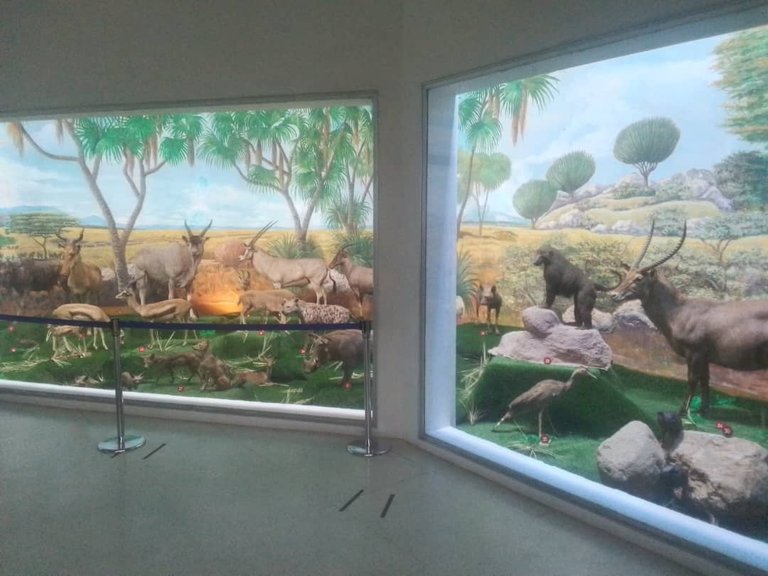
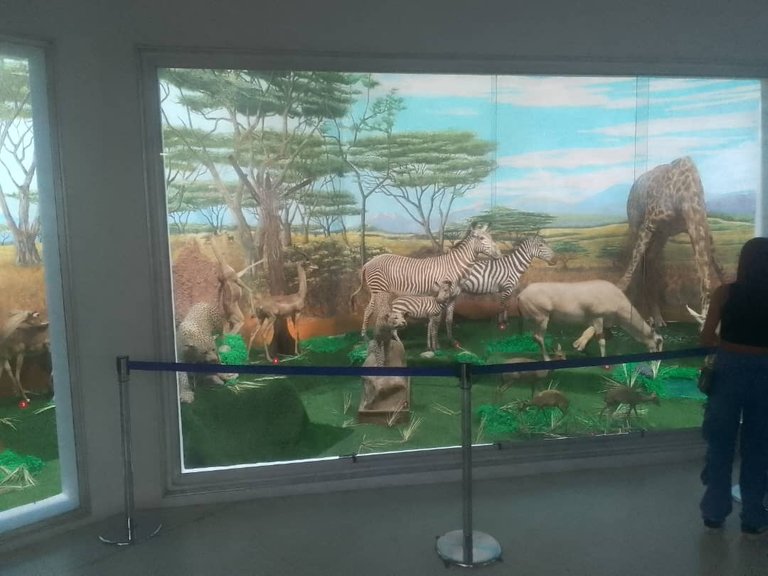
Africa Diorama
Among the Science Museum's main attractions are the dioramas, which are recreations of nature that represent the fauna and flora.
Africa is the continent that gave rise to the human species (Homo sapiens). According to fossil and genetic evidence, it is stated that the origin of humankind is in East Africa, in what is now Ethiopia.
Diorama de África
Entre los grandes atractivos del Museo de Ciencias se encuentran los Dioramas, que son una recreación de la naturaleza que representa la fauna y la flora.
África es el continente que dio origen a la especie humana (Homo sapiens) de acuerdo a la evidencia de los fósiles y la genética, se afirma que el origen del ser humano es en África oriental, en lo que es hoy Etiopía.
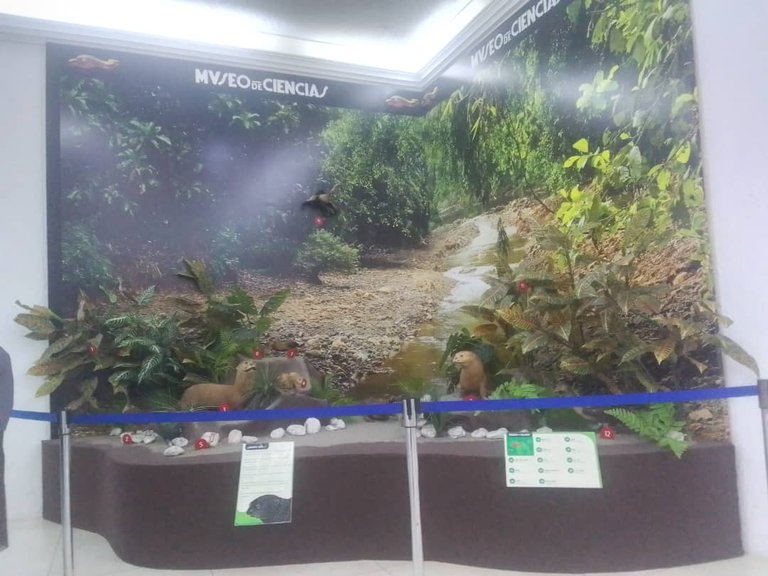
Venezuelan Plains Diorama
The Venezuelan plains and jungles are represented through the dioramas of the plains, the Venezuelan jungle.
Diorama de los llanos venezolanos
Los llanos y las selvas venezolanas están representados a través de los Dioramas de los Llanos, la selva venezolana
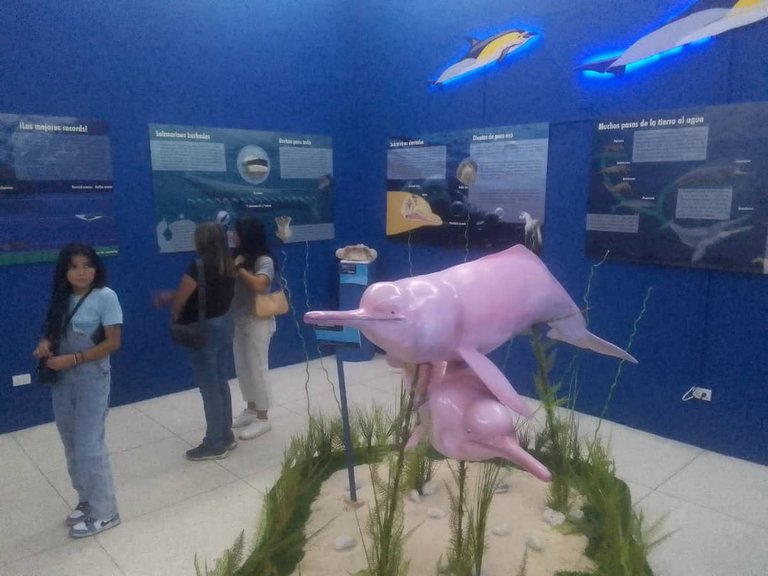
Cetaceans
Referring to marine mammals adapted to aquatic life, these include whales, dolphins, and porpoises. These magnificent and playful specimens are displayed.
Los Cetáceos
Se refiere a mamíferos marinos adaptados a la vida acuática, incluye ballenas, delfines y marsopas, se muestran a estos magníficos y juguetones ejemplares
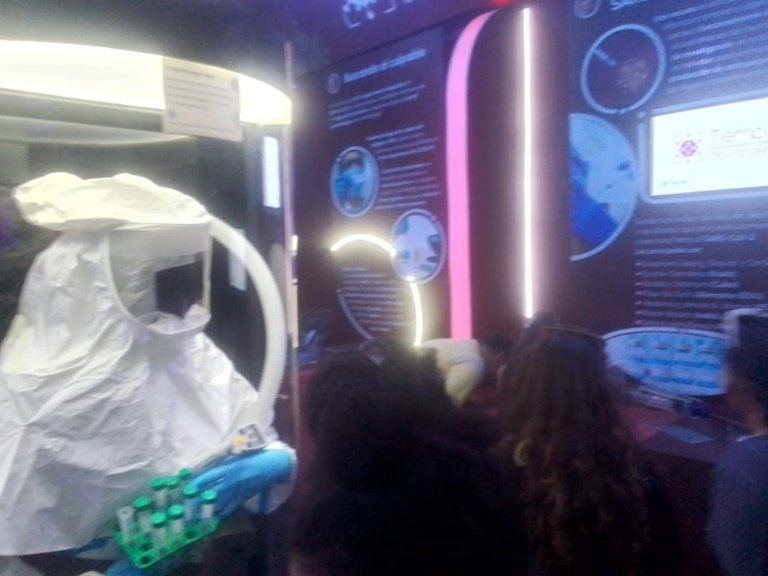
Pandemic Times - Interactive Room
This room showcases the efforts made by Venezuela and other nations to combat COVID-19, the efforts to discover how the virus originated, the laboratory tests to detect it, and the race to find vaccines.
Tiempos de pandemia- sala interactiva
En esta sala se aprecia los esfuerzos realizados por Venezuela y por las diferentes naciones para combatir el COVID-19, los esfuerzos para descubrir cómo se originó el virus, las pruebas de laboratorio para detectarlo y la carrera para encontrar las vacunas.
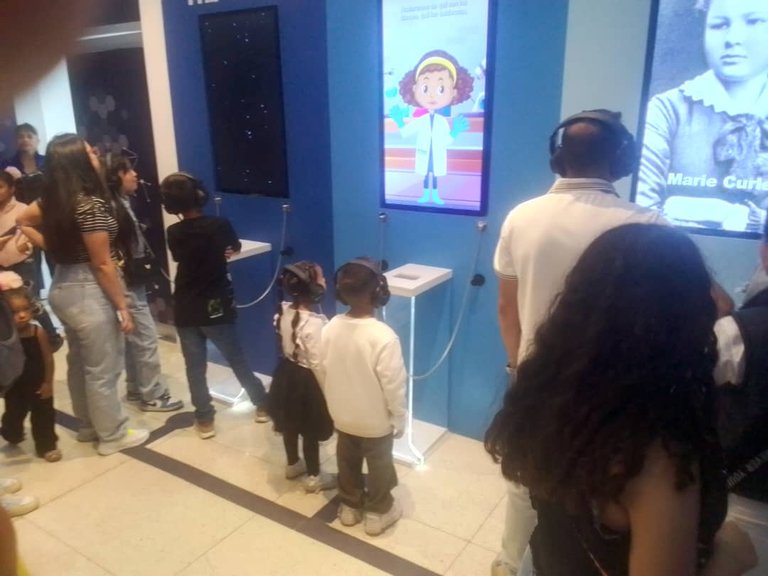
Educational and Interactive Games
Children can enjoy educational and interactive games that include word searches, trivia, and sorting games, all with themes related to science and technology.
Juegos didácticos e interactivos
Los niños y niñas pueden disfrutar de juegos didácticos e interactivos que incluyen sopas de letras, preguntas y juegos de selección, todos con temas relacionados con la ciencia y tecnología.
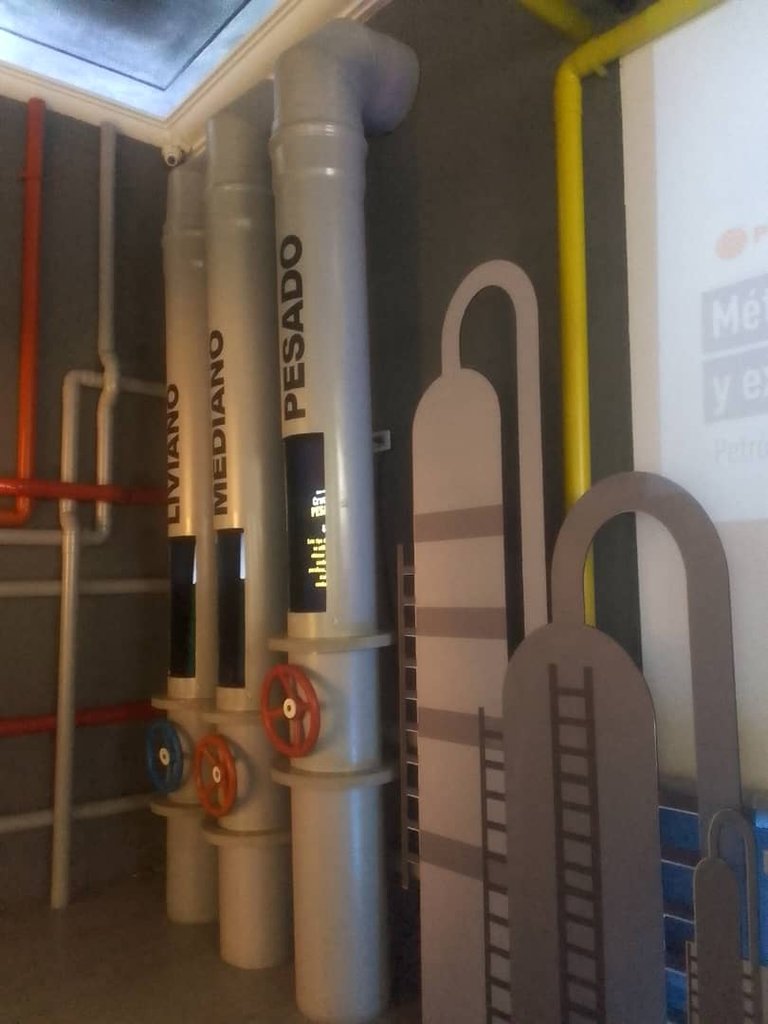
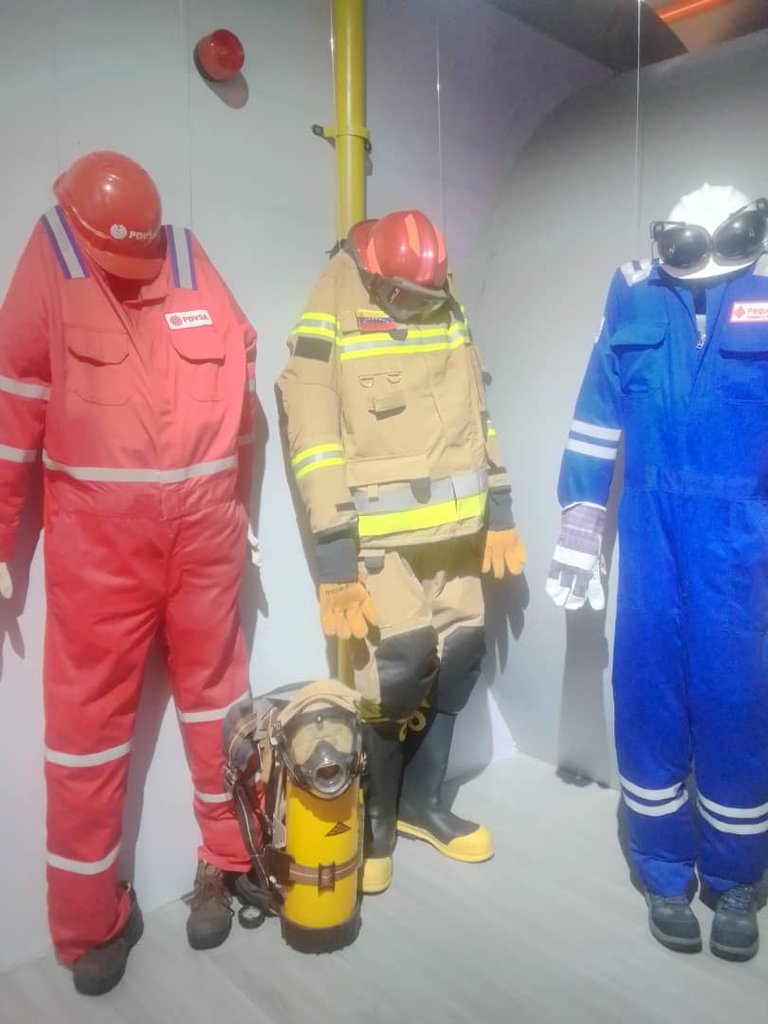
-Oil in Our Lives:
This room displays the origin of oil and a historical map of hydrocarbons in Venezuela.
-El petróleo en nuestras vidas:
En esta sala se expone el origen del petróleo y un mapa histórico de los hidrocarburos en Venezuela.
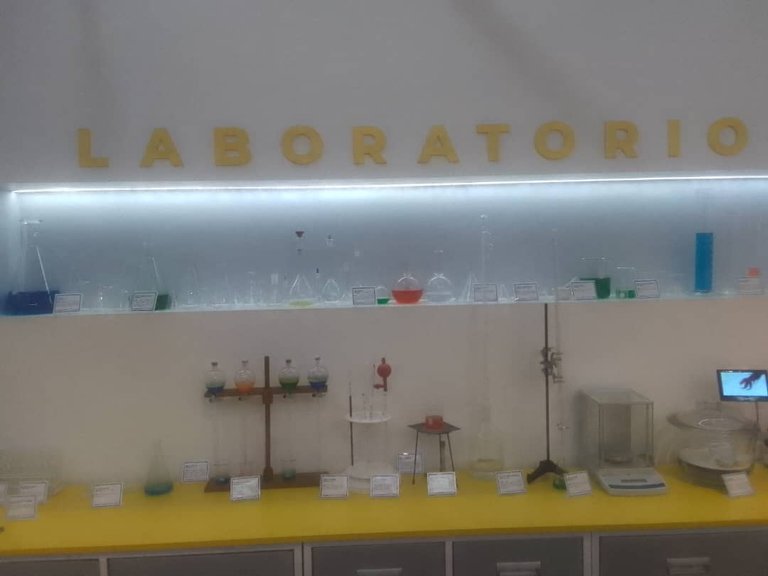
- Chemistry for Life
Visitors learn about chemical processes and explore chemical concepts in a laboratory. There, children interact and play to learn about elements such as proteins, DNA, chemical reactions, and more.
Watch and learn!
- Química para la vida
Los visitantes tienen información sobre los procesos químicos y exploran conceptos del área dentro de un laboratorio, allí los niños interactúan y juegan para conocer elementos como las proteínas, el ADN, reacciones químicas, etcétera
¡Mira y aprende!
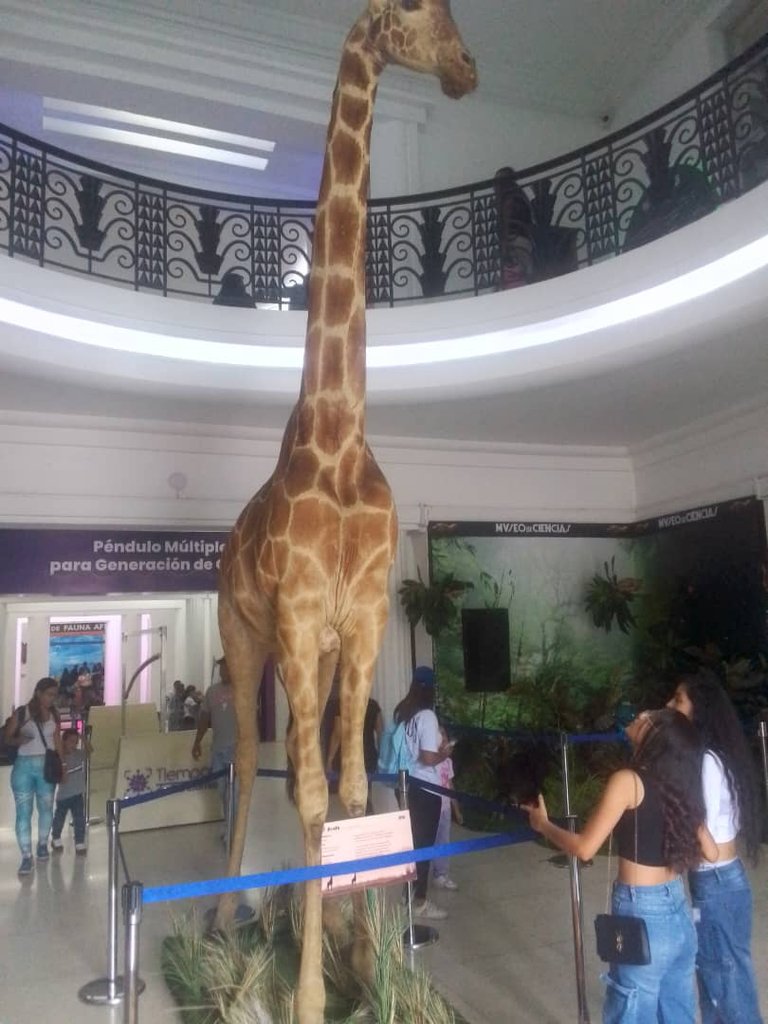
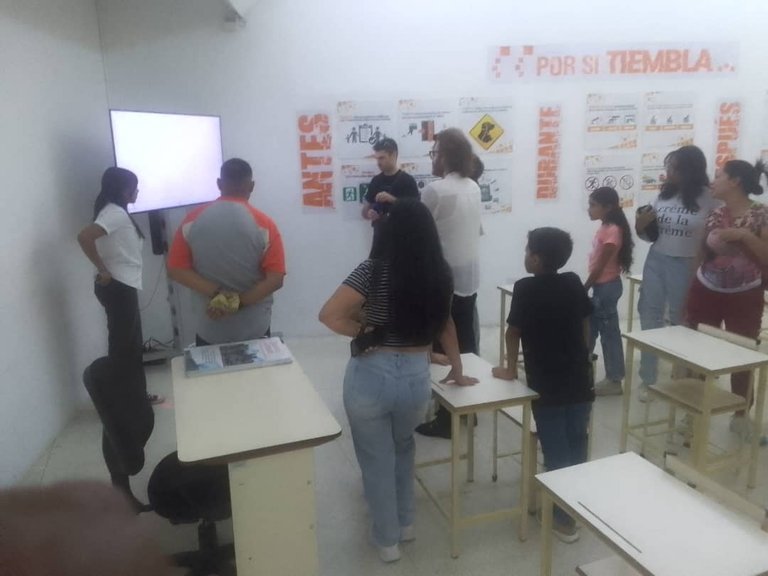
Congratulations @yonismith51! You have completed the following achievement on the Hive blockchain And have been rewarded with New badge(s)
Your next target is to reach 20 posts.
You can view your badges on your board and compare yourself to others in the Ranking
If you no longer want to receive notifications, reply to this comment with the word
STOPCheck out our last posts:
Excelente tema, con aportes importantes sobre nuestros antepasados ,lo que nos visualiza en la evolución de la humanidad. Este museo es un gran recurso educativo